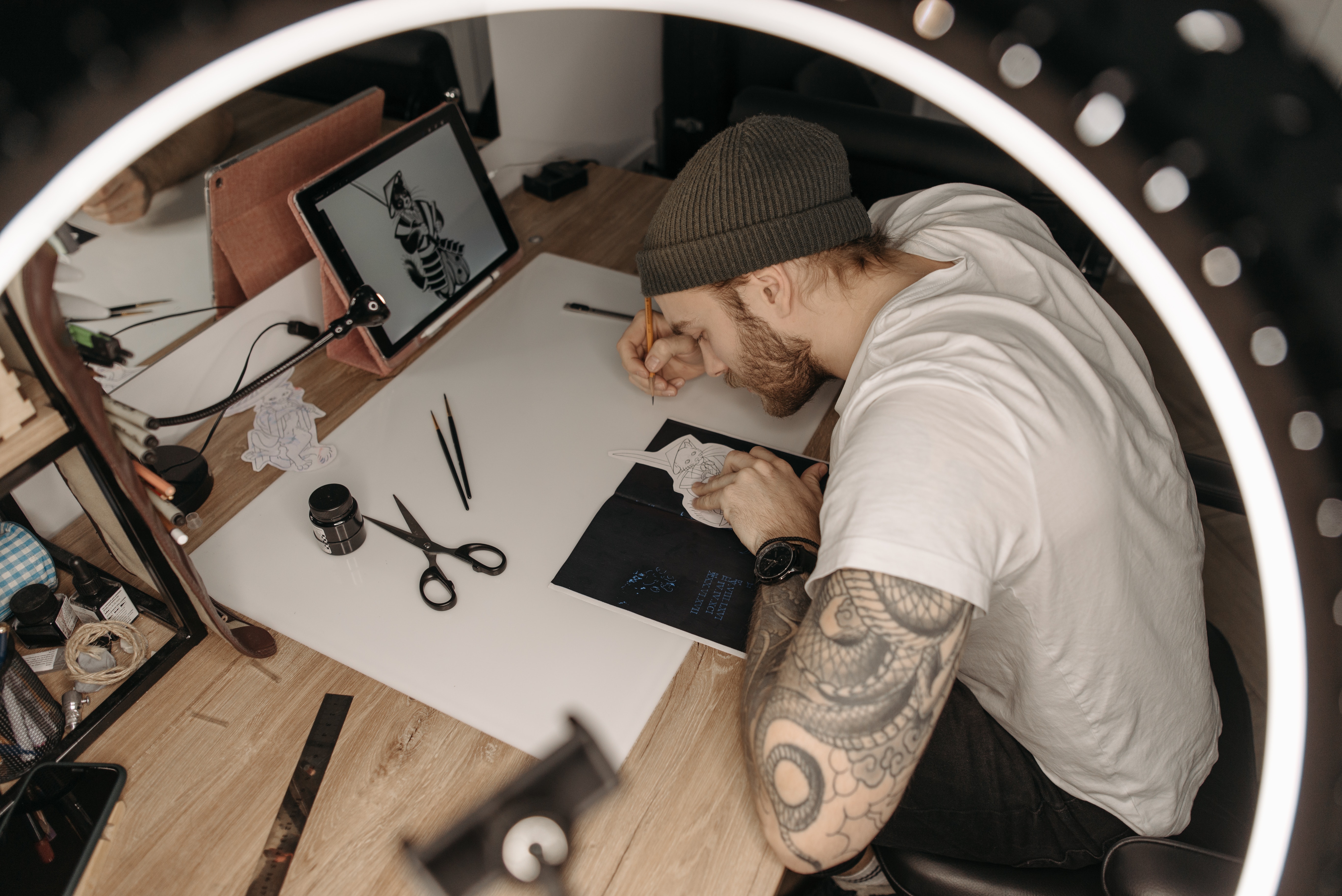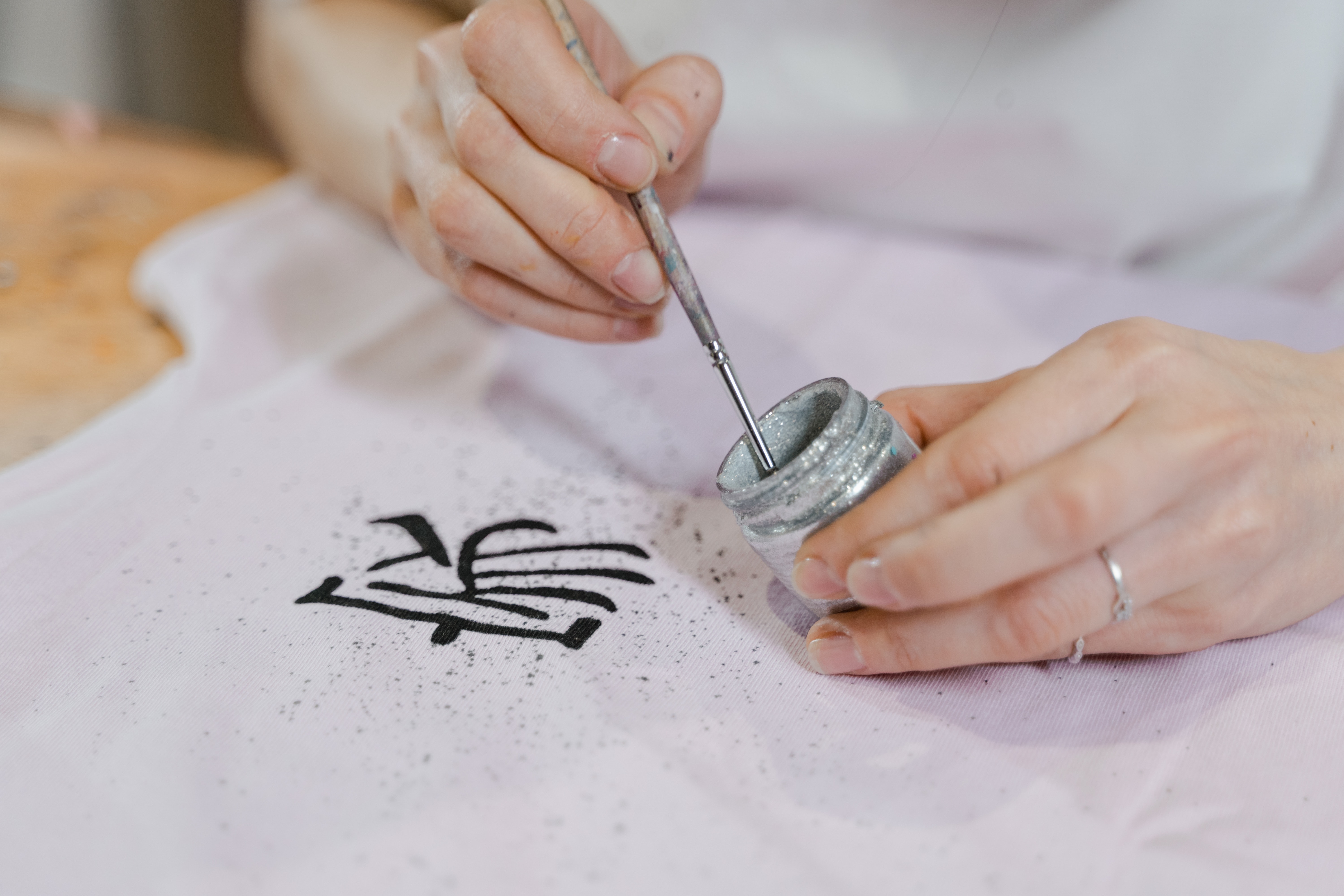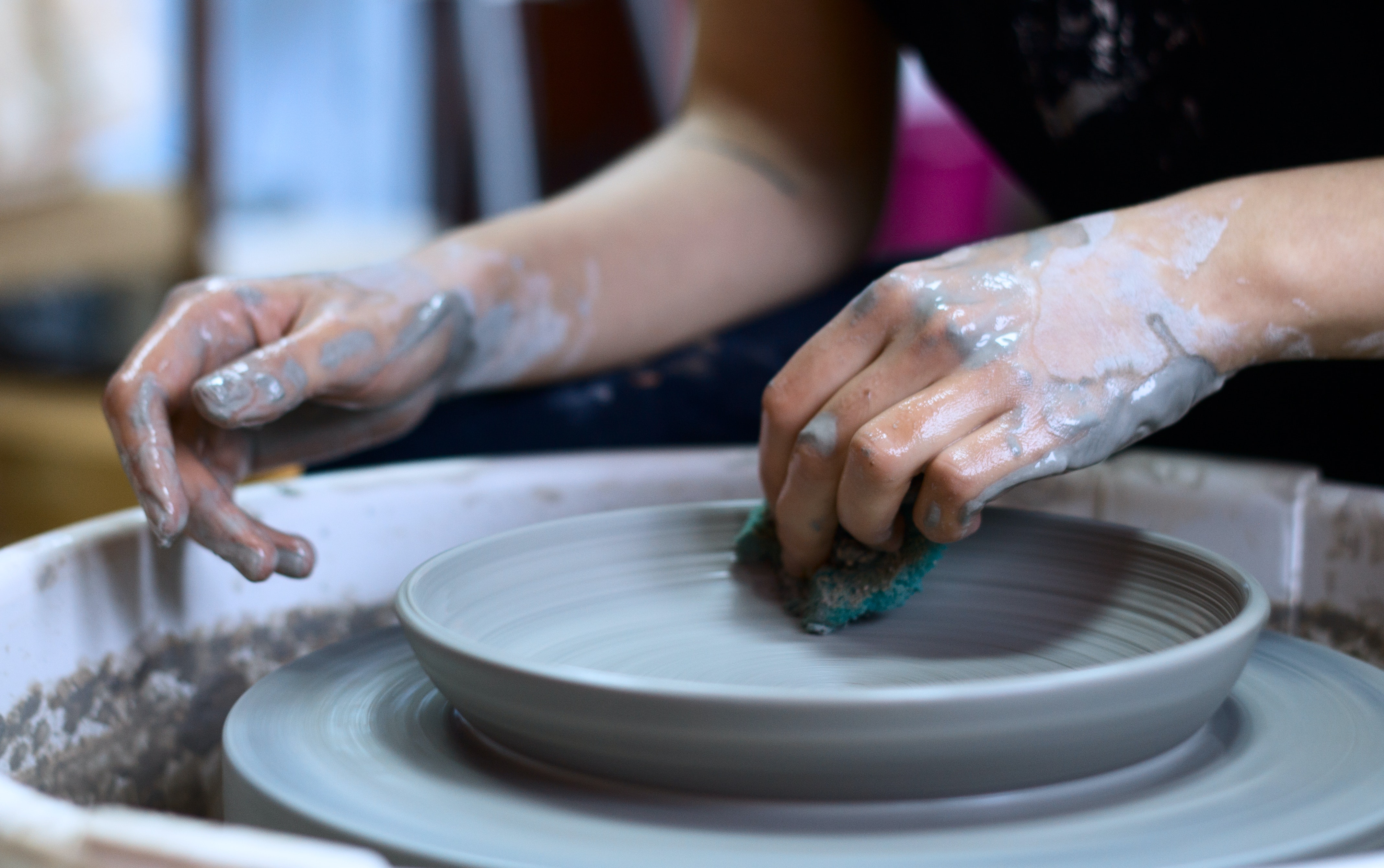
HOW TO GET STARTED IN THE ART INDUSTRY: TIPS FOR FINDING THE PERFECT JOB FOR AN ARTIST
Are you a creative soul with an eye for art? Do you want to make a career out of your passion? If so, the art industry may be the perfect fit for you.
Working in the art industry can be intimidating, especially if you’re just starting out. Fortunately, there are many ways to get your foot in the door.
Whether you’re a budding artist, a seasoned professional, or just looking for a new challenge, here are some tips to help you find the perfect job in the art industry.
How to Get Started in the Art Industry
From finding the right job market to honing your skills and networking, this guide will provide you with all the information you need to get started. With the right resources and a bit of determination, you can make your dreams of working in the art industry a reality.

IDENTIFYING THE RIGHT JOB MARKET
When you’re in the process of finding the right job market for you, there are a few factors you need to consider.
First, you need to decide if you want to focus on a specific industry, like commercial art, or a specific type of art, like sculpture. It’s also important to consider how much you’re willing to travel if you’re going for a job outside of your local area.
Next, you need to look at the economic state of the industry, as well as the companies that are hiring in that field. You should also research the educational requirements, salary, and job prospects in your desired field.
Once you’ve got a good idea of the job market you want to focus on, you can begin looking for job opportunities.
DEVELOPING YOUR SKILLS
One of the first things to do when you’re getting started in the art industry is to determine which skills you’re best at.
There are many different areas of the art industry, including design, art restoration, marketing, advertising, and much more. To determine which skills you’re strongest at, you can create an assessment like the Skill Signature, or you can create a resume that highlights your best skills using the STAR method. This is where you should better use an online resume builder; with this tool, you’ll be able to quickly create an informative and catchy resume.
Once you’ve figured out which skills you’re best at, you can begin to develop them. This means taking any classes you need to get your foot in the door, practicing your art, and honing your skills to perfection.
BUILDING A NETWORK
Building a network is essential to getting your foot in the door in any industry, but it’s especially important in the art industry. This means creating a network of people you can reach out to for advice, job leads, and more.
You can start building your network by joining local art organizations, like art museums, art schools, and more. You can also join online art communities, like ArtStation, where you can make connections with other creatives.
Make sure to take advantage of these connections, too, by reaching out to others and letting them know what you’re looking for and what you can offer in return.
APPLYING FOR JOBS
While you’re building your skills and networking, it’s a good idea to start applying for jobs in the industry, too.
Start with smaller companies or nonprofits, and work your way up to larger companies as you gain more experience. When you’re applying for jobs, it’s important to keep in mind that each application is a chance to prove why you’re the right fit for the job. It’s also important to tailor each application to the job, and not just copy and paste your resume into each application.
You can make each application stand out by creating a portfolio, highlighting your skills and past work, and honing your resume.
CRAFTING YOUR PORTFOLIO
As you’re applying for jobs and honing your skills, you may decide to start creating a portfolio.
There are many different types of portfolios that you can create, including a printed portfolio, a digital portfolio, or a combination of both. Whichever type of portfolio you decide to create, it’s important to make sure it showcases the best of your work without skewing your samples towards one style or medium.
This means taking the time to select the best samples from your work that show off your best skills and blending them together to create a cohesive portfolio.
MAKING CONNECTIONS
While it’s important to start building your network and applying for jobs, it’s also important to take advantage of networking opportunities.
This means attending networking events, joining professional organizations, and reaching out to people you meet.
You can make connections with people in your field and outside of it, and you can do this in person or online. This is a great way to expand your network and find new job opportunities and career growth opportunities.
It is also useful in the future to sell your art online if you intend to become a freelancer.
PROFESSIONAL DEVELOPMENT
Finally, you should always be looking for ways to improve your skills and further your knowledge in the art industry.
This means staying up-to-date on trends in your field, attending conferences, and taking advantage of online courses. It’s also important to continue learning and growing outside of your career path.
This can help you branch out into different industries and gives you a new skill set to offer in your career. It can also help you find job opportunities outside of your current field, which can help you advance in your career.

CONCLUSION
It can be difficult to break into the art industry, but it’s far from impossible.
What’s most important is that you find the right job market for you and the skills you’re best at. You should also be sure to build a network, create a portfolio, and stay devoted to professional development. With the right preparation and dedication, you can make your dream of working in the art industry a reality.

